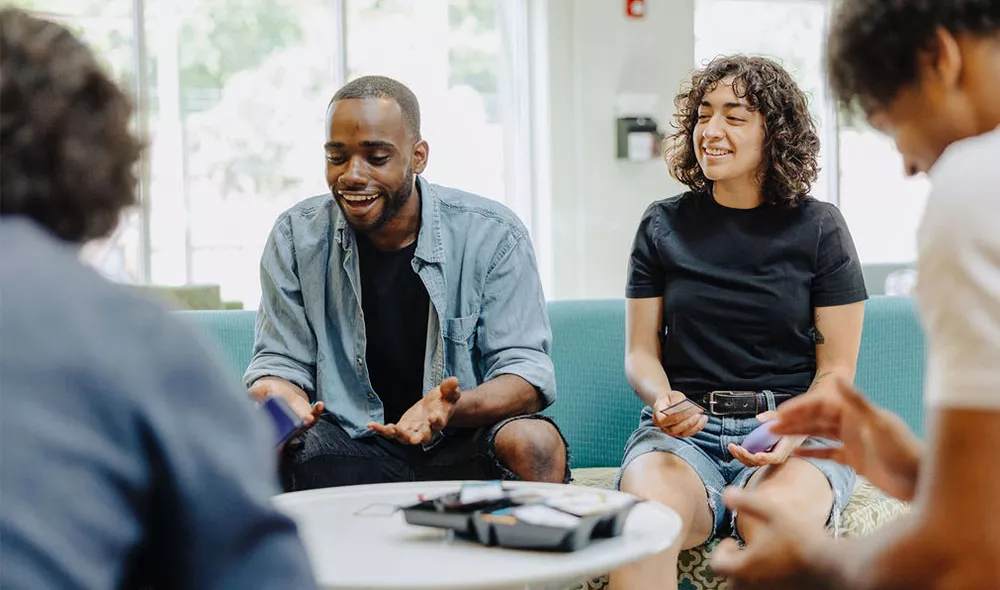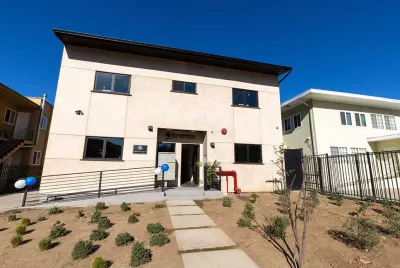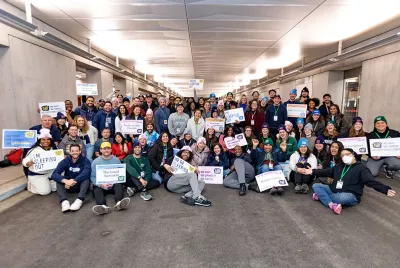Real Experience Becomes Lasting Impact: How Young People Are Driving Prevention Policy

“Once you turn into an adult, no one is willing to teach us how to be an adult.”
These words, spoken by a young participant from Alaska, echo the frustration of countless youth navigating life after experiencing homelessness. They capture a reality that traditional prevention models often overlook — young people don’t just need shelter. They need tools, support, and systems that recognize their experiences and empower them to succeed.
But what happens when those same young people lead the conversation about prevention?
That’s the question Covenant House’s Prevention Research Project set out to answer. Through a rigorous, mixed-methods approach, Covenant House engaged nearly 50 young people, representing a cross section of our residents, including LGBTQ+ youth, young people of color, and young parents, across 10 of our sites.
Yet the real transformation happened when these young people moved beyond their role as research participants and became policy influencers. Through a several month research-oriented internship, youth developed the skills and confidence to analyze data, ask critical questions, and co-facilitate Youth Policy Roundtables — interactive sessions that brought their lived expertise to the forefront of policy discussions in Washington.
Identifying the Gaps and Crafting Solutions
The insights that emerged were striking.
Youth described a web of challenges — mental health struggles, lack of life skills, and limited financial literacy, for example — all of which compounded their risk of experiencing and overcoming homelessness.
But they didn’t stop at identifying the problems. They proposed solutions, including:
- Trauma-informed training for teachers and counselors to recognize the early signs of housing instability.
- Direct cash assistance to empower youth facing homelessness with choices and agency over their lives.
- Community spaces designed with inclusivity and belonging in mind — where marginalized youth can seek support and build social connections.
These ideas weren’t hypothetical. They were urgent calls to action from young people who had lived through the gaps in the system.
The Power of Youth Leadership in Action
What sets this initiative apart is how youth ownership transformed research into action. Interns played a critical role in shaping the policy roundtables — co-facilitating sessions, posing critical questions, and ensuring that diverse experiences were reflected. These weren’t just workshops. They were spaces where youth perspectives shaped real policy conversations in Washington.
Young people led discussions around questions like:
- “How would you want teachers and counselors to be trained to support students facing family, housing, or mental health challenges?”
- “If your friend received direct cash assistance to help with rent and living costs, how would you advise them to use it?”
These conversations revealed a clear message: Prevention efforts must be tailored, trauma-informed, and youth-driven.
Shaping Policy Priorities for the Future
Thanks to the voices of these young leaders, emerging policy priorities now reflect a sharper focus on youth-centered solutions. The Prevention Research Project’s findings are already informing Covenant House policy initiatives such as:
- Housing and homelessness: Expanding affordable housing models with wraparound services and success managers.
- Education and employment: Embedding life skills training and vocational programs into high school curricula.
- Health and wellness: Increasing access to mental health support and ensuring trauma-informed care in schools and communities.
And at the federal level, Covenant House is endorsing policies that end the practice of discharging youth into homelessness and push for cash assistance models that empower youth to navigate their own paths to stability.
What’s Next: Continuing the Momentum
This work isn’t finished. As we prepare to recruit a second internship cohort to analyze survey data and refine policy recommendations, we know that youth voices will continue to guide this process. The final report, set to be released in late spring or early summer, is more than just data. It’s a testament to the power of centering young people in shaping prevention strategies that work.
Because when young people with lived expertise are given the platform to lead, they don’t just share their stories — they help change the systems that failed them.
“Treat now, assess later,” That’s what a Santa Clara participant urged.
And that’s exactly what this initiative is doing — treating the root causes of homelessness now, so that fewer young people face it later. We have the opportunity to carry this momentum forward — by embedding these insights into ongoing prevention strategies, scaling effective policies, and ensuring that youth voices continue to drive change. Let’s make sure these efforts aren’t just a moment but a movement.
Take action today by supporting Covenant House and ensuring that youth with lived experience have a voice in shaping the policies that impact their futures.
Help Young People Build Brighter Futures
Your gift helps ensure we can continue to provide services and support to young people on their journey toward sustainable independence and a hope-filled future.


